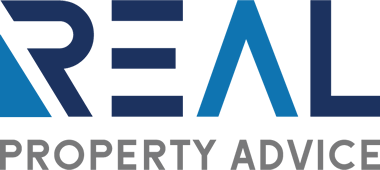I was asked this week “when will investors come back into the market”?
The facts
Investors buy property for one reason; they want to make money. Either capital growth or cashflow, no one does it for love or charity.
It is then fair to assume that investors will not be in a market where it does not make money. I should clarify that; they will not enter a market. Many will be holding their property through the ups and downs.
Investors look at those two things when they buy a property, growth or yield and then make their decisions. They also blend the returns to accept certain areas over others. EG Sydney 10kms from CBD (lower yield higher growth) vs regional NSW (higher yield lower growth).
Each area has a long term accepted yield that makes up part of the total return to investors, a comfortable purchase. Sydney might be 3-4%, Brisbane, 5% etc.
Investors normally are out of the market till these long averages are being produced and when they are, investors are back in the game.
HOWEVER…
The long-term average interest rate was always around 7+%. Being an average, this was made up of below that figure and well above that rate. All the while the interest rate was fluctuating, the average yield or rent return from property was fairly stable.
Investors were buying and selling property in this time, all based on the yield and capital growth and less so, based on the interest rate.
Look at the Numbers
In south east Queensland, previously the yields were at 5% and the average interest rate was at 5% giving a gross yield gap of minus 2%. (Most of the costs for running a property increase over time, but so does the rent. In our calculations the average cost to ‘run’ a well-maintained investment is 30% of rent, our data says this has not changed substantially). Let us assume the rents increased with CPI as did the running costs. Meaning the two variables are interest rate and house prices.
The current average yield in south east QLD is 4% (1% below long-term yield average), meaning most investors consider the returns too low compared to averages.
This is changing,
and it is all due to the interest rate.
Currently interest rates are 3% (or lower) and when we pair it with the current yield on the property mentioned above, it means the gross yield gap is positive 1%. (4% rate minus 3% yield giving plus 1%)
This is a 3% change (minus 2% to plus 1%) on the property. Meaning investors are making more money with a lower yield, than ever before.
It won’t take too long till this is realised in full.
The stampede is on again
Currently the stampede is on for homeowners, but investors have been sidelined. That will not remain for much longer, as owners will run out of steam (grants) and the investors will come back in to play.
Next week I will show you how lower yields mean a higher house price, and it is all based around the interest rate scenario outlined above.
Since 2004 Scott Northcott has been helping people buy the best properties for their needs at prices that simply speak for themselves.
Scott has been instrumental in bridging the gap between financial planning and traditional real estate transactions through his property advice model.
By carefully considering his clients’ goals and planning for market changes via demographics and trends, Scott designs a future proof outcome not only specific to the client’s needs but dynamic in its execution with performance indicators and exit strategies built in.

